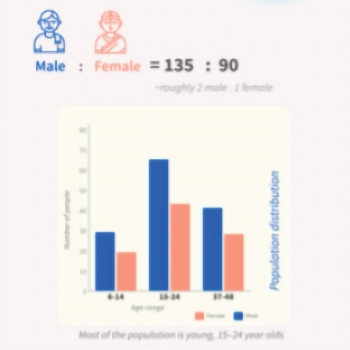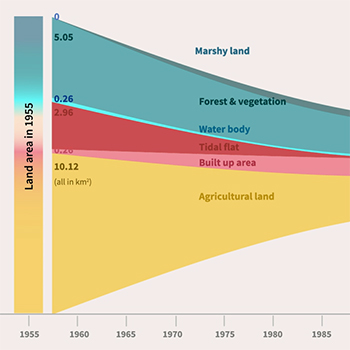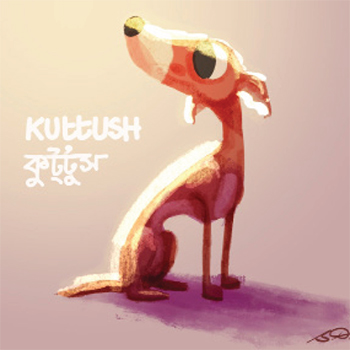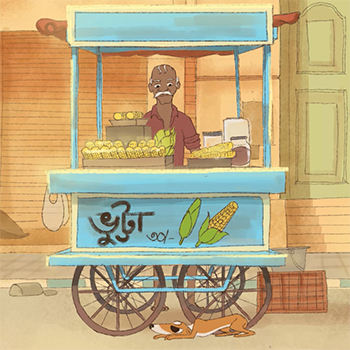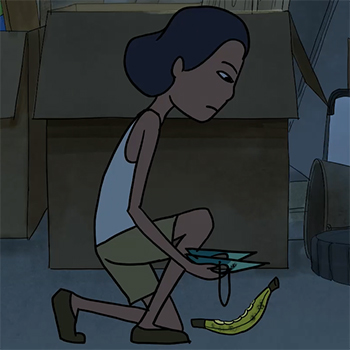Urbanisation may be a blessing for our country’s economy, but the silent sufferers of it are the wildlife who are losing their habitats to it. Whether it be due to habitat loss or easy availability of food, many animals choose to stay in or near human cities despite the risk. In Kolkata, some of the animals that commonly stay in the proximity of human settlements are common palm civet cats, small Indian civet cats, golden jackals, jungle cats, Indian grey mongoose, etc. In recent years, due to easy connectivity and the efforts of NGOs and the Forest Department, rehabilitation of such wild animals, if found in a human settlement, has become common. However, due to irrational fear, a sense of achievement, and mythical stories passed down generations, these animals are often harmed for simply existing. This project revolves around the Common Palm civet, a nocturnal animal of the Viverridae family who frequents semi-urban and rural places in West Bengal. Civet cats are small carnivores with short legs, pointed noses, and a long, thick tail. Their diet consists of small rodents like rats, squirrels, amphibians like frogs, insects, and even small birds and their eggs. They also eat fruits like bananas, pineapple, roots, grass, and even honey. There are majorly two types of civet cats found in and near Kolkata: the common/Asian palm civet (which is seen more commonly) and the small Indian civet (whose sightings are rare). For the past few years, the Wildlife Wing of the Forest Department, West Bengal, has experienced a rise in the number of calls and mails regarding civet depredation. (Mallick, 2019, 48). It is reported that at least 20 civets, which have strayed into people‘s homes, are being brought to the rescue centre. Every Kolkata has a history, and its rich culture and heritage are apparent as one walks through the streets.
